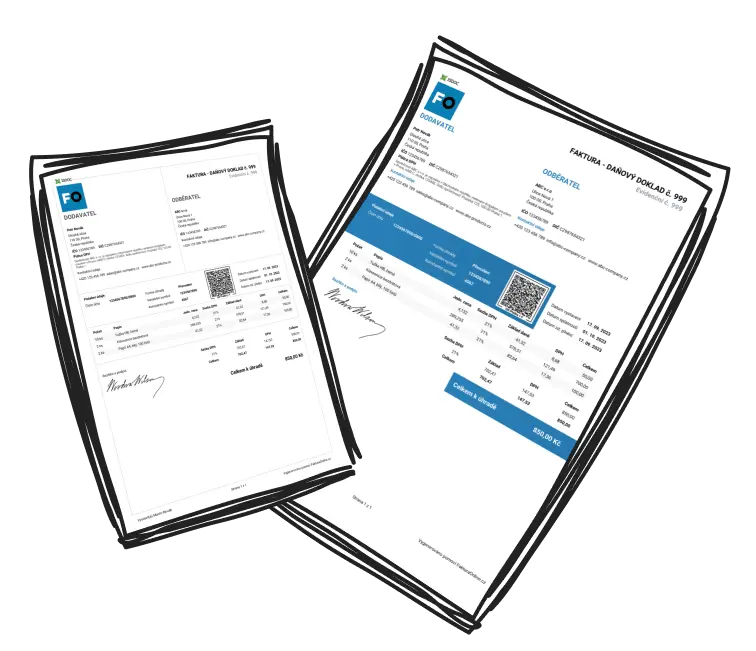How Can You Effectively Measure Success in the Workplace to Ensure Growth and Productivity?
Understanding how to effectively measure success in the workplace involves establishing clear objectives and utilising essential metrics like productivity, financial performance, and employee engagement. These metrics should be regularly reviewed and adjusted to remain in line with organisational objectives.
Define Success in Your Workplace
Clocking how to measure success in the workplace is vital for any organisation before opting for fitting metrics. Success can differ significantly between companies, based on their goals, values, and the industry they operate in. It's imperative to have a clarified notion so that everyone knows the objectives they are striving toward.
Example: A marketing agency determined that its success would be gauged by client satisfaction and the effectiveness of campaigns. By clearly defining these goals, the agency could tailor its strategies and metrics to focus on client feedback and the measurable results of campaigns.
Select Core Metrics
Selecting suitable metrics is critical in understanding how to measure workplace success. Consider these key metrics for assessing workplace success:
Productivity: Assess how efficiently resources are used through indicators such as project completion rates and output per hour.
Financial Performance: Monitor revenue growth, profit margins, and resources allocation efficiency.
Quality of Work: Evaluate the number of defects or reworks needed, along with customer satisfaction levels.
Employee Well-being: Use turnover rates, absenteeism, and satisfaction surveys to gain insights into employee health.
Innovation: Consider new ideas generated and implemented, including patents filed.
Gauge Employee Engagement
Employee engagement serves as a critical indicator of success within the workplace. Engaged employees tend to be more productive and enthusiastic about their jobs. Here are strategies to measure employee engagement effectively:
Conduct detailed surveys to collect quantitative and qualitative data.
Observe involvement in team activities and voluntary tasks as subtle signs of engagement.
Examine turnover and retention rates, as they often relate to engagement levels.
Utilise development metrics like training participation and career advancement to understand engagement further.
Example: A technology company carried out regular employee surveys and implemented significant policy changes based on the feedback. This resulted in marked improvements in both engagement and productivity levels.
Introduce Tracking Tools
Deploying the appropriate tools is crucial for accurately measuring workplace success through performance metrics:
Implement comprehensive HR systems like Workday to collect and analyse data.
Business intelligence tools like Power BI offer robust capabilities for data visualisation and spotting patterns.
CRM systems, such as Zoho CRM, deliver precise customer-centric metrics.
Employee engagement platforms like TINYpulse enable extensive feedback gathering.
Analyse and Adapt
With the collected data at hand, the next step involves analysing it and adjusting strategies where necessary. Regularly reviewing the metrics will drive informed decision-making, allowing you to make beneficial enhancements to your approaches.


